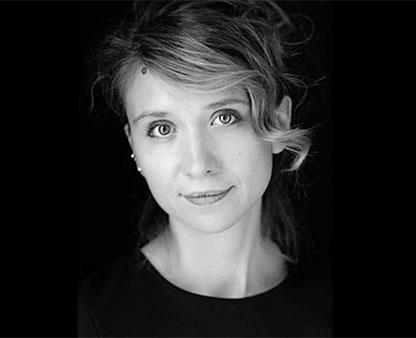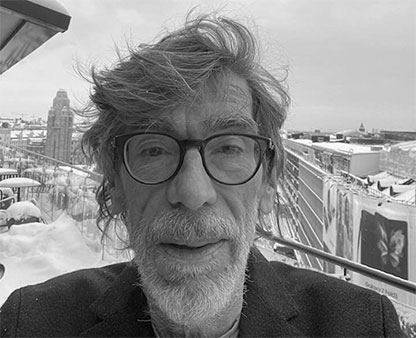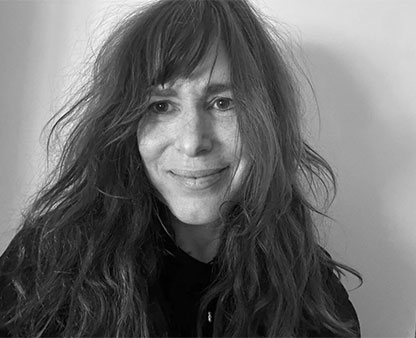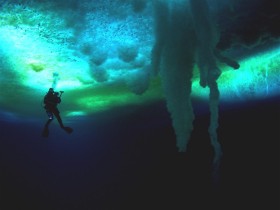The film of Lanzmann is extraordinary in all aspects:
The story about how the film was made and why it did not come out before now has been dealt with in numerous interviews with the author, journalist and film director – you should read them as well as his praised ”The Patagonian Hare”, his written memoirs, from where this statement comes: “Even if I lived a hundred lives, I still wouldn’t be exhausted.” Indeed, this film is a strong evidence of the energy and power of a man, who was born in 1925.
The main character is extraordinary: Benjamin Murmelstein, Jewish Elder in Theresienstadt, interviewed by Lanzmann in Rome in 1975, a controversial person, strongly accused for his collaboration with the Nazis. ”The last of the unjust”, as he called himself, is rehabilitated by Lanzmann, and others, for his saving of 120.000 Jews from Vienna before the war (a number mentioned by Lanzmann in an interview in le monde 13/11/13) as well as his keeping Theresienstadt running as the working place it was supposed to be, planned by Eichmann as the ”model camp”, a gift to der Führer. As you see in the propaganda film, that Lanzmann shows clips from, the only archive from the camp, otherwise he uses drawings made by survivors.
Murmelstein is fascinating to watch and listen to in the interview, that Lanzmann did not manage to include in ”Shoah”, that came out 10 years later. But now it is there and stands on its own as a unique film contribution to an eventual rewriting of history. It calls back and questions the view upon Eichmann put forward by Hannah Arendt, who followed the process against him in Jerusalem, and characterised Eichmann as a man who worked according to what a system asked him to do. In the film, however, Eichmann, by Murmelstein, is characterised as ”a demon”, who was very much involved in the ”Crystal
Night” in November 1938, and from the very beginning, before any talk about ”Endlösung”, planned and followed the mission to get all Jews out of ”Der dritte Reich”.
But is he the main character? No, Claude Lanzmann is, the chainsmoking interviewer you see in 1975 on a balcony in Rome with Murmelstein, filmed extraordinarily by the late French cameraman William Lubtchansky in 1975, and by Caroline Champetier, who went with Lanzmann to search for cinematic solutions for the narrative, he wants to convey. And they are wonderfully out of mainstream: Lanzmann has chosen to start the film by taking the viewer to the train station Bohusvice, where he with manuscript in hand introduces the ghetto nearby, Theresienstadt, where he later in the film consequently also performs reading with papers in hand. You could argue that this is totally unfilmic, if there is such a thing (!), but it works here because of the charisma of Lanzmann, his commitment, his powerful husky voice that gives the viewer the information about what happened in the camp. Champetier makes stunning images from Theresienstadt, moving through the empty streets, she has filmed streets of Vienna, where Murmelstein was working as a rabbi and for Eichmann, she films in Jerusalem and in Prague, where some of the most moving and beautiful sequences are to be found:
Lanzmann is walking in the Golem synagogue, the camera is not close to him (filming prohibited), it is almost candid when you see and hear him reflecting/commenting for himself, when he recognises names on the wall from Theresienstadt. There is a change in his mood, a sadness that goes with him to the next scene in the camp, where he is at a ”lieu mort” that he describes also to be a ”lieu de mort”, a ”sinister place with an unforgettable beauty” – abandoned and devastated it looks – and in comes the song of a Rabbi, introduced earlier on in the film. Lanzmann is a master of written and verbal language and it is fascinating to see how a man in his late 80’es walks to and fro talking to the audience, stopping to sit at the gallows in Theresienstadt, giving both facts about when and how it happened at the same time as you can see how he totally understands and lives what happened.
Back to 1975, to the interview in Rome, to a 40 year younger Lanzmann, who talks to Murmelstein, 70 years old. Lanzmann’s German is far from perfect and you can see, and hear, that he misses a lot of what says Murmelstein, who talks quickly and often in methaphors. It is actually sometimes funny to see how Lanzmann insists on getting the time correct from Murmelstein (”when was this, when was that”) and it takes a long time (around two hours into the film) before Lanzmann directs the obvious question to Murmelstein about how he felt being at a place, where death was present every day. That scene is a two-shot with both of them in the picture – you are invited to read the faces. Lanzmann and Lubtchansky knew apparently precisely what they wanted to get from Murmelstein in that scene.
I saw the film in Paris (in a, projection-wise, good UGC-cinema in the ugly surroundings of les Halles). The version was vo = Lanzmann speaks in French, he and Murmelstein German with French subtitles. My French is far from perfect so I did not get it all… 220 minutes, no break, not needed for this extraordinary film. To be seen again and again.
France, 2013, 220 mins.



